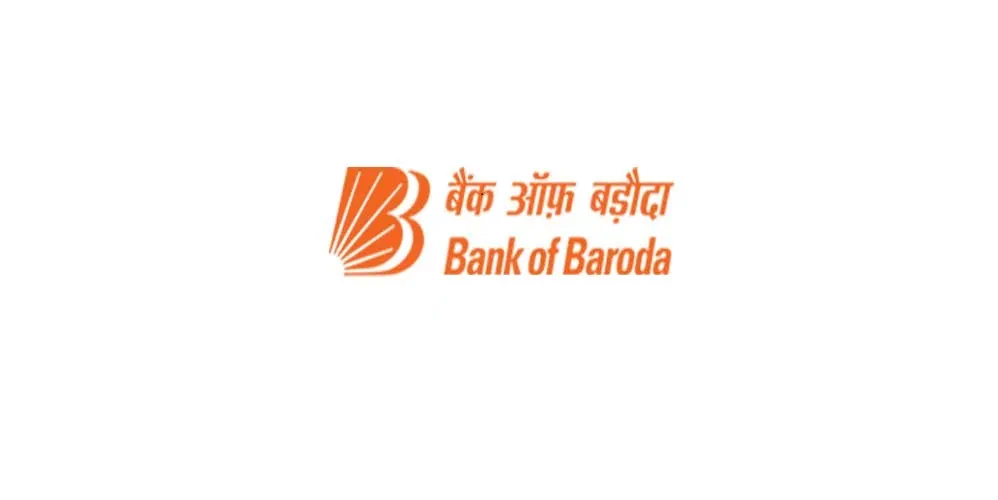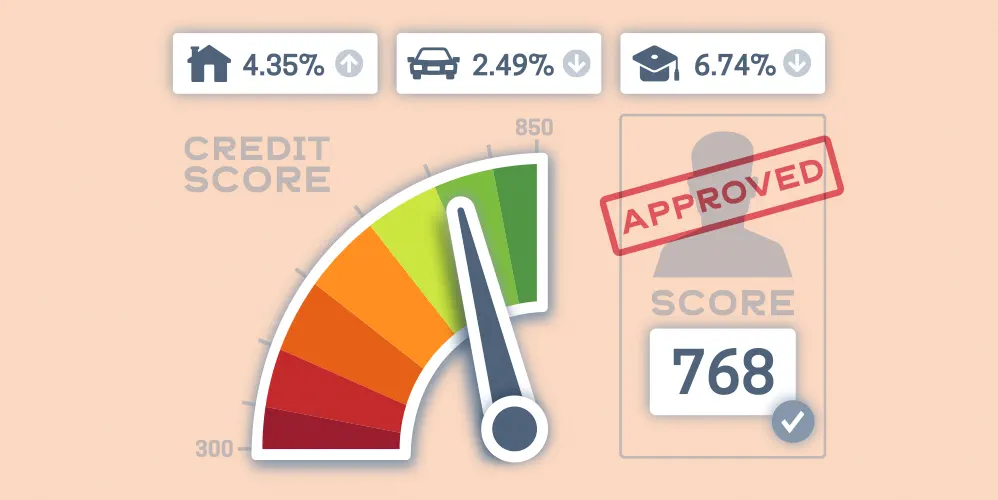
What is The Best Age to go For a Home Loan?
05 Jun 2023

Table of Content
Buying a home is a dream for every individual across the globe. The only problem is affordability. Buying a house needs to fit the budget. One’s dreams need to be realistic to achieve it.
From a lender’s point of view a person becomes eligible for loan if he is earning a sufficient income from a legitimate source. He must have a steady source of income and enough saving after taking care of the regular expenses and other loans as he has, to repay the equated monthly instalments (EMI) of the home loan. These factors are known as creditworthiness of the borrower and credit behaviour of a borrower is assessed in India by what is known as CIBIL score.
The CIBIL score considers the credit history of the person, whether he had defaulted on his loans earlier and similar other points.
How Age Impacts Home Loan Tenure and Approval
Another point that comes up is age which decides the tenure of home loan that is relevant for purchasing a property.
Age in isolation is not a factor, what the lender would also like to look at is the earning and repayment capacity of the person, quality of the property he is planning to buy and the loan amount he is seeking.
Let’s take the case of a house property which is worth say Rs 75 lakh which includes all taxes and statutory charges. Assume that the lender is willing to fund 80 percent of the amount, which in our case is Rs 60 lakh.
Now, let’s consider three persons aged 25, 35 and 45 who approach the lender for the loan on this property.
These days the younger generation gets a good starting salary especially if he has a good education or is a professional. In our case let’s consider an average individual.
Clearly, a 25-year-old person can take the loan for the longest period possible, which in India can be around 30 years. The middle-aged person can be eligible for the loan for 20-25 years. The eldest individual will get a loan with a tenure of 10-15 years maximum. The lender would consider the useful working life of the borrower before fixing a tenure.
Tips for Increasing Your Chances of Getting a Home Loan at Any Age
Lenders generally hesitate to lend a housing loan to an elder person. Part of the reason is the limited working life he has in front of him and secondly because his obligations increase with age. Children’s higher education needs to be funded, their marriage and medical cost associated with him and his spouse which can lead to cash flow mismatch going forward.
However, if the older person has a strong income stream and needs money for a shorter tenure, lenders would be interested in it. They may or may not ask for more collateral against the property since in a small tenure window price fluctuations can act as an added risk.
Or they may consider taking a higher down payment which would mean a lesser exposure and time risk for the lender.
Another way the older person can improve the chances of getting a loan is by applying for it with a co-borrower. This way the risk of the lender is reduced and there is more than one income stream to take care of the EMI payment.
Key Takeaway
There is no fixed and ideal age for taking a home loan. Finally what matters is the affordability. As a rule of thumb, the EMI outgo should not exceed 30 percent of the income. Anything higher would put stress on the financials of the individual.
Financial markets in India have now matured offering an individual multiple avenues of raising money. Having said that, assets like a home is best bought as early as possible in one’s life since after this he can concentrate on wealth creation.
Popular Articles
Guide to Getting Agriculture Loan: Application, Eligibility & Required Documents
Related Articles










Guide to Getting Agriculture Loan: Application, Eligibility & Required Documents
-
Disclaimer
The contents of this article/infographic/picture/video are meant solely for information purposes and do not necessarily reflect the views of Bank of Baroda. The contents are generic in nature and for informational purposes only. It is not a substitute for specific advice in your own circumstances. Bank of Baroda and/ or its Affiliates and its subsidiaries make no representation as to the accuracy; completeness or reliability of any information contained herein or otherwise provided and hereby disclaim any liability with regard to the same. The information is subject to updation, completion, revision, verification and amendment and the same may change materially. The information is not intended for distribution or use by any person in any jurisdiction where such distribution or use would be contrary to law or regulation or would subject Bank of Baroda or its affiliates to any licensing or registration requirements. Bank of Baroda shall not be responsible for any direct/indirect loss or liability incurred by the reader for taking any financial decisions based on the contents and information mentioned. Please consult your financial advisor before making any financial decision.
What are the Consequences of Missing A Home Loan EMI?
A home loan can help you finance the purchase of your dream house. These loans are usually of a high value and, therefore, longer in tenure as well. Lenders typically sanction only 75% to 90% of the cost, and you are required to save enough to make
How Much Home Loan Can I Get As A Salaried Employee?
Real estate rates are rising with every passing day. It is no longer feasible for one to purchase a home simply with the help of their savings. You need to approach a bank to take out a home loan . But lenders need to be sure that you have the capacity to repay the loan, before passing your loan. To ensure you have the repayment capacity, they take a few important factors into consideration such as your net monthly income, credit scores, and credit repayment behaviour. If you are a salaried employee thinking how much home loan I can get on my salary, you need to read this article.

